Navigation
Install the app
How to install the app on iOS
Follow along with the video below to see how to install our site as a web app on your home screen.

Note: This feature currently requires accessing the site using the built-in Safari browser.
More options
You are using an out of date browser. It may not display this or other websites correctly.
You should upgrade or use an alternative browser.
You should upgrade or use an alternative browser.
panos?
- Thread starter CFRacer22
- Start date
Garbz
No longer a newbie, moving up!
- Joined
- Oct 26, 2003
- Messages
- 9,713
- Reaction score
- 203
- Location
- Brisbane, Australia
- Website
- www.auer.garbz.com
- Can others edit my Photos
- Photos NOT OK to edit
In digital often panoramas. I have had great success with PTStitcher which uses the PTtools package to perform the stitching. Even handheld I get very viewable results which after some photoshopping the seam lines can't be seen.
You should probably try and mount you camera on a tripod with some kind of bracket that recesses it back further so the mess rotates around the lens's nodal point. This eliminates parallex (sp?) errors, which cause the stitching not to line up.
You should probably try and mount you camera on a tripod with some kind of bracket that recesses it back further so the mess rotates around the lens's nodal point. This eliminates parallex (sp?) errors, which cause the stitching not to line up.
Steph
No longer a newbie, moving up!
- Joined
- Oct 18, 2006
- Messages
- 1,314
- Reaction score
- 0
- Location
- Steventon, Oxfordshire, UK
- Can others edit my Photos
- Photos NOT OK to edit
Alex_B
No longer a newbie, moving up!
- Joined
- Aug 30, 2006
- Messages
- 14,491
- Reaction score
- 206
- Location
- Europe 67.51°N
- Can others edit my Photos
- Photos NOT OK to edit
so you're just taking shot after shot after shot and using software to "stitch" them together?
Exactly. There are several software packages around to help with that.
however, software cannot compensate for all the problems you can create while shooting.
Common issues:
1. parallax : if from shot to shot the lens is not rotated around its nodal point (the point where theoretically all the light rays meet), things in the foreground and the background shift with respect to each other and you get misalignment when stitching the right hand side of one image to the left had side of the other image.
-> use a tripod with a panorama head that rotates around the nodal point of the lens
2. horizon : if you do not have the horizon right through the middle of each image, you will get perspective distortion which complicated stitching.
-> use a tripod and set it up properly
3. exposure : if you do not use the same exposure, then some stitching software might be in trouble and you might see jumps in the brightness from one frame to the next.
-> use software which can handle this, or alays use the same (manual) exposure for each shot .. might be a problem, if variation in brightness is strong in the panorama scene you try to capture
4. vignetting: if your lens vignettes, then you get problems with the brightness again (can be compensated with software though)
-> if wide angle, use a small aperture, and/or correct the vignetting with software
5. focus and aperture : if you do not use the same aperture and the same focus, then stitching will be a nightmare since you have varying DOF and focus from frame to frame.
-> shoot manually for panos, keep focus and aperture constant.
.. many more issues, but those are the ones that came to my mind first
.. well, use a cable release, be aware of moving objects which can cause trouble (clouds, water, tourists, ...), ... bring lots of CF cards
Alex_B
No longer a newbie, moving up!
- Joined
- Aug 30, 2006
- Messages
- 14,491
- Reaction score
- 206
- Location
- Europe 67.51°N
- Can others edit my Photos
- Photos NOT OK to edit
oh, by the way .. canon dSLRs come with stitiching software I think ...
BoblyBill
TPF Noob!
- Joined
- Oct 30, 2006
- Messages
- 2,860
- Reaction score
- 40
- Location
- in the eye of a tornado
- Can others edit my Photos
- Photos OK to edit
oh, by the way .. canon dSLRs come with stitiching software I think ...
Yes they do... At least my Canon d30 did and so does the Mark III that just came out this February...
When I have a chance CFRacer22, I would be happy to give you a screen shot tutoral of what I do when I stitch the pictures together.
Yes they do... At least my Canon d30 did and so does the Mark III that just came out this February...
When I have a chance CFRacer22, I would be happy to give you a screen shot tutoral of what I do when I stitch the pictures together.
sounds great, and thanks for the tips Alex_B.
I don't think my XTi came with stitching software, but maybe i just didn't know what I was looking for, I'll go and check everything that I got with the camera...
Most reactions
-
 428
428 -
 290
290 -
 285
285 -
 271
271 -
 221
221 -
 204
204 -
 185
185 -
 179
179 -
 167
167 -
 166
166 -
 148
148 -
 133
133 -
 120
120 -
 95
95 -
I
94
Similar threads
- Replies
- 17
- Views
- 1K

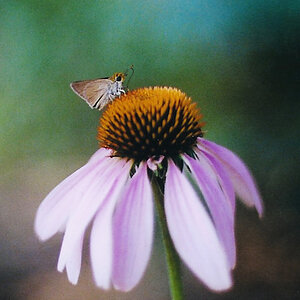

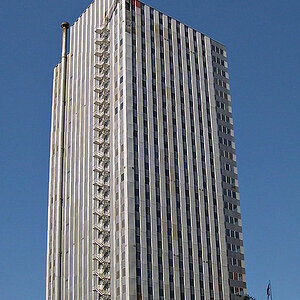
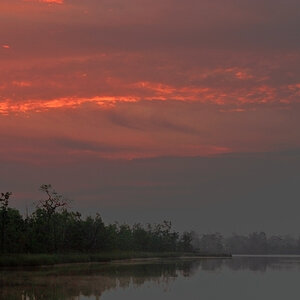
![[No title]](/data/xfmg/thumbnail/32/32005-d13a0bcc56327c42bd32dff4b0776658.jpg?1619735150)
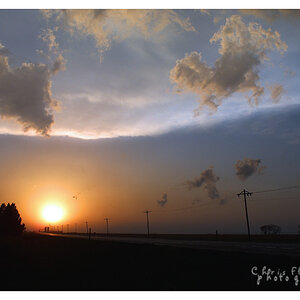
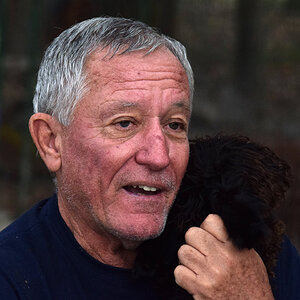


![[No title]](/data/xfmg/thumbnail/32/32007-77c44b6b6edb5db977381096a2ffe54b.jpg?1619735151)

